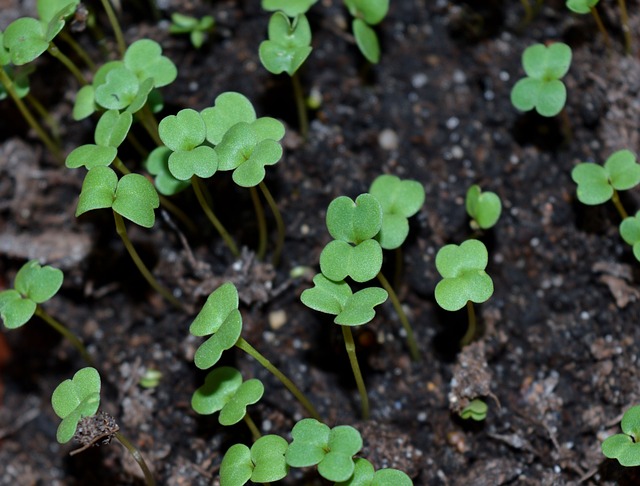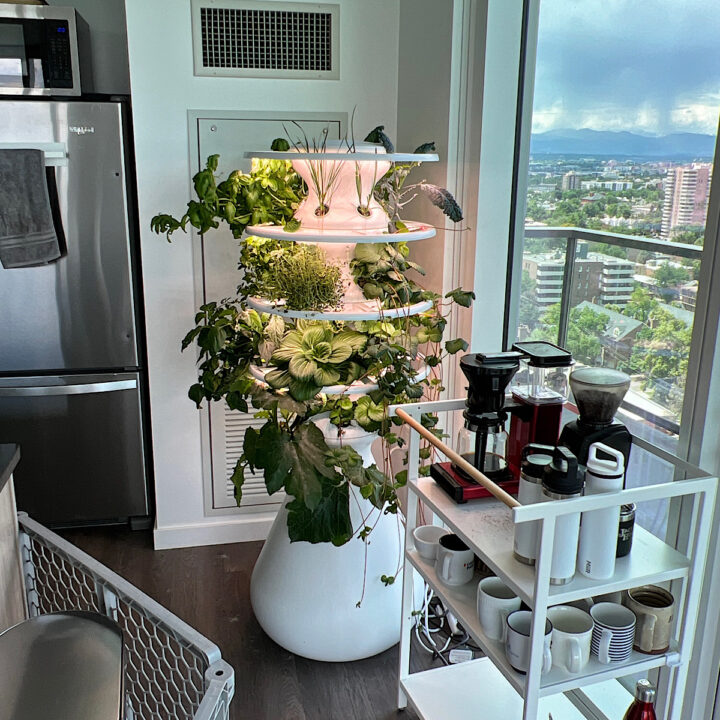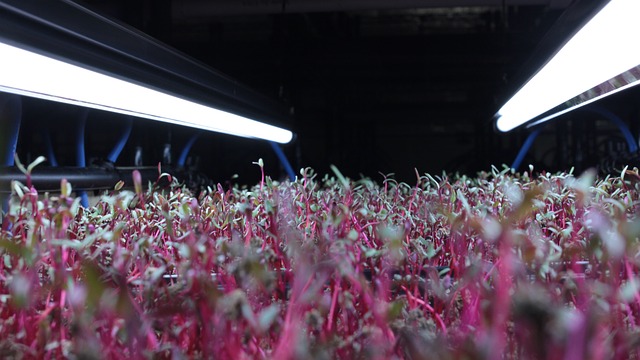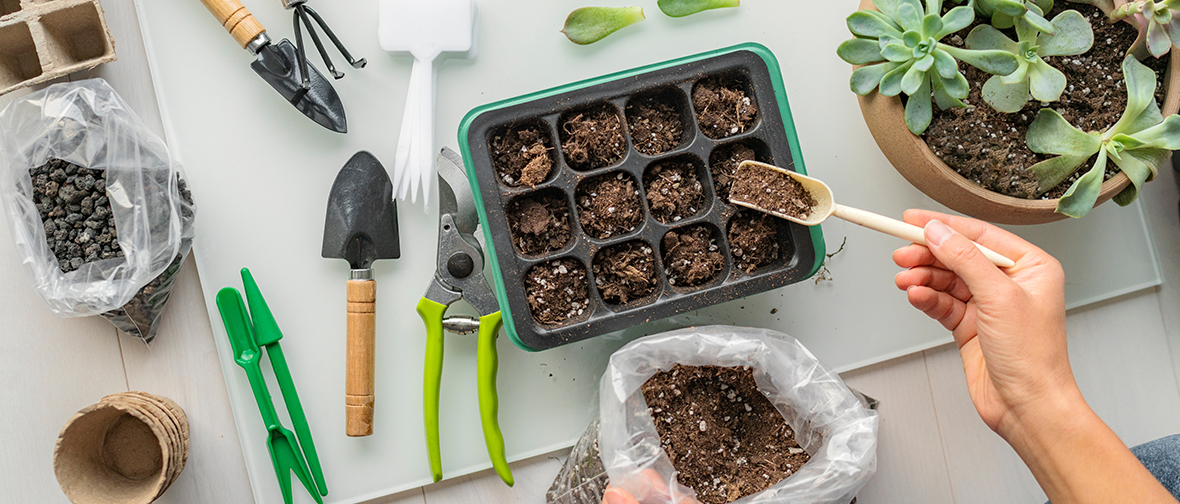
Are you looking to create the perfect indoor garden? Look no further.
In this article, we will explore the 7 keys to crafting your ideal indoor garden, covering essential aspects such as space utilization, light positioning, and plant selection.
We will delve into the intricacies of color coordination, arrangement ideas, and maintenance schedules, offering you expert advice to create an indoor garden that not only beautifies your space but also brings tranquility and joy.
Let's dive in and unlock the secrets to your perfect indoor oasis.
Space Utilization
To maximize your indoor garden's potential, efficient space utilization is key.
Vertical gardening and container gardening are two effective methods to make the most of limited space.
Vertical gardening involves growing plants vertically, utilizing walls or other vertical structures to create a lush and vibrant garden. This technique not only saves space but also adds a visually appealing element to your indoor garden.

Container gardening, on the other hand, allows you to grow plants in various containers such as pots, hanging baskets, or window boxes. This method is ideal for small spaces as it allows you to arrange and move plants easily.
Light Positioning
Efficient light positioning is crucial for optimizing the growth and health of plants in your indoor garden, complementing the space utilization techniques discussed earlier.
To ensure your plants receive the right amount of light, consider the following factors:
- Light intensity: Different plants have varying light intensity requirements. Some plants thrive in direct sunlight, while others prefer indirect or low light conditions. Understanding the light intensity needs of your plants will help you position them accordingly.
- Light duration: The duration of light exposure also plays a significant role in plant growth. Most plants require around 12-16 hours of light per day. You can use timers or smart lighting systems to provide consistent and appropriate light duration.
- Light positioning: Properly positioning your lights is essential for even light distribution. Consider using adjustable light fixtures or reflectors to direct light towards the plants and avoid shadows.
Plant Selection
Choosing the right plants is essential for creating a successful indoor garden. When selecting plants for your indoor space, it is important to consider their specific soil composition and watering techniques.
Different plants have different soil requirements, so it is crucial to choose plants that can thrive in the type of soil you have available. Some plants prefer well-draining soil, while others thrive in moist soil.
Additionally, understanding the watering needs of your chosen plants is crucial for their health and growth. Some plants require frequent watering, while others prefer to dry out between waterings.
Color Coordination
When considering color coordination in your indoor garden, it is important to carefully select plants that complement each other to create a visually pleasing and harmonious space. Color psychology plays a significant role in creating the desired ambiance and mood within your indoor garden.
Here are some tips to help you achieve the perfect color coordination:
- Choose complementary plants: Select plants with colors that complement each other on the color wheel. For example, pair warm-toned plants like reds and yellows with cool-toned plants such as blues and purples.
- Consider contrast: Incorporate plants with contrasting colors to create visual interest and depth. Pairing plants with complementary colors, such as red and green or yellow and purple, will make them stand out even more.
- Use color psychology: Different colors evoke different emotions and moods. For example, blue and green promote a sense of calm and tranquility, while red and orange create a vibrant and energizing atmosphere.
Arrangement Ideas
To create an aesthetically pleasing indoor garden, thoughtful arrangement of plants is crucial for maximizing space utilization and achieving a visually captivating display. One popular arrangement idea is vertical gardening, which involves utilizing vertical space to grow plants. This can be done by installing vertical planters or using shelves and trellises to support climbing plants.

Vertical gardening not only adds visual interest but also maximizes the use of limited floor space. Another arrangement idea is using hanging planters, which can be suspended from the ceiling or mounted on walls. This allows plants to cascade down, creating a dynamic and eye-catching display. Hanging planters are particularly useful for trailing plants or those with long vines.
Maintenance Schedule
To ensure the health and vitality of your indoor garden, it is essential to establish a regular maintenance schedule. This schedule will include various tasks such as watering, fertilizing, pruning, and inspecting for pests or diseases.
The frequency of these tasks and the necessary time commitment will depend on the specific plants you choose and their individual needs.
Frequency of Tasks
Regularly tending to the various tasks required for maintaining an indoor garden is crucial for ensuring its health and vitality. Task scheduling and effective time management are essential to keep your indoor garden thriving. Here are some key points to consider when planning your maintenance schedule:
- Watering: Different plants have different watering needs, so it is important to check the moisture levels of the soil regularly and water accordingly. Avoid overwatering, as it can lead to root rot.
- Pruning: Regularly trim your plants to promote growth and maintain their shape. Remove any dead or yellowing leaves to prevent the spread of diseases.
- Fertilizing: Indoor plants often need to be fertilized to replenish nutrients in the soil. Follow the recommended fertilizing schedule for each plant to ensure proper growth.
Necessary Time Commitment
Maintaining the health and vitality of your indoor garden requires a necessary time commitment to effectively carry out tasks such as watering, pruning, and fertilizing. Time management plays a crucial role in ensuring the success of your indoor garden. Understanding the commitment level required for each task is essential for balancing your gardening responsibilities with your other daily activities.

Watering is one of the most important tasks in indoor gardening. Each plant has specific water requirements, so it is crucial to establish a watering schedule that suits their needs. Regularly check the moisture level of the soil to determine when watering is necessary.
Pruning is another key aspect of maintaining an indoor garden. Regularly trim away dead or yellowing leaves to promote healthy growth.
Fertilizing is also necessary to provide essential nutrients to your plants. Determine the appropriate fertilizing schedule based on the specific needs of each plant.
Accessory Choices
When considering accessory choices for your perfect indoor garden, it is important to select items that complement your space and enhance the overall aesthetic. The right accessories can add personality and style to your indoor garden, creating an inviting and relaxing atmosphere.
Here are some accessory choices to consider:
- Plant stands: Utilize vertical space by incorporating plant stands of varying heights. This not only adds visual interest but also helps to create a layered and dynamic display.
- Decorative pots: Choose pots that not only provide a functional purpose but also add a decorative element to your indoor garden. Opt for pots in different shapes, sizes, and materials to add variety and enhance the overall look.
- Wall art and mirrors: Consider adding wall art or mirrors to your indoor garden space to create a focal point and reflect light. This can help to create an illusion of a larger space and bring a sense of freedom to your indoor garden.
Frequently Asked Questions
How Do I Choose the Right Size Pots for My Indoor Plants?
To choose the right size pots for indoor plants, consider the plant's root system and growth potential. Opt for pots made of materials like ceramic or terracotta that provide adequate drainage. Proper drainage is essential for plant health and avoiding root rot.
What Are Some Common Mistakes to Avoid When Positioning Lights in an Indoor Garden?
When positioning lights in an indoor garden, it is important to avoid common mistakes that can hinder optimal light distribution. By following best techniques, such as considering light intensity and angle, one can maximize the effectiveness of lighting in their indoor garden.

Are There Any Plants That Are Particularly Difficult to Care for in Indoor Settings?
Some plants can be challenging to care for in indoor settings due to their specific requirements. Maintaining proper humidity levels is crucial. Here are tips to overcome difficulties with growing finicky plants in indoor gardens.
How Can I Create a Visually Appealing Color Scheme in My Indoor Garden?
Creating a cohesive color palette for your indoor garden involves choosing the right plants that complement each other. Consider the color wheel, contrasting tones, and varying shades to create a visually appealing and vibrant space.
What Are Some Unique and Creative Ideas for Arranging Plants in My Indoor Garden?
When it comes to arranging plants in your indoor garden, there are a variety of unique and creative ideas to consider. Vertical plant walls and hanging planters can add a visually appealing and space-saving element to your indoor garden.
 Business & FinanceHealth & MedicineTechnologyLifestyle & CultureScience & EnvironmentWorld NewsPrivacy PolicyTerms And Conditions
Business & FinanceHealth & MedicineTechnologyLifestyle & CultureScience & EnvironmentWorld NewsPrivacy PolicyTerms And Conditions
